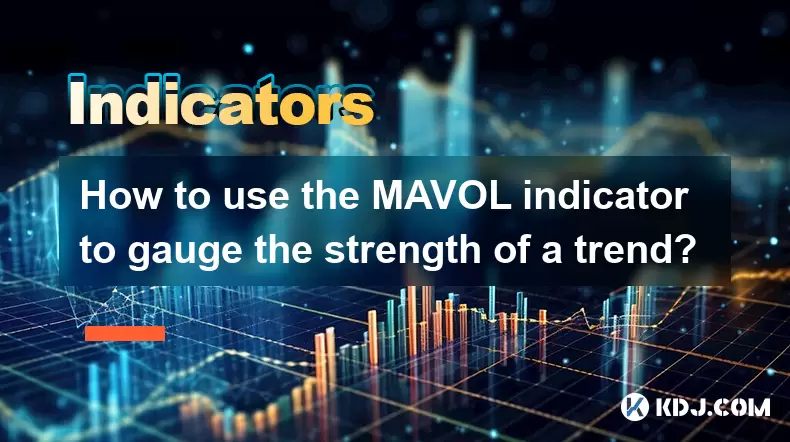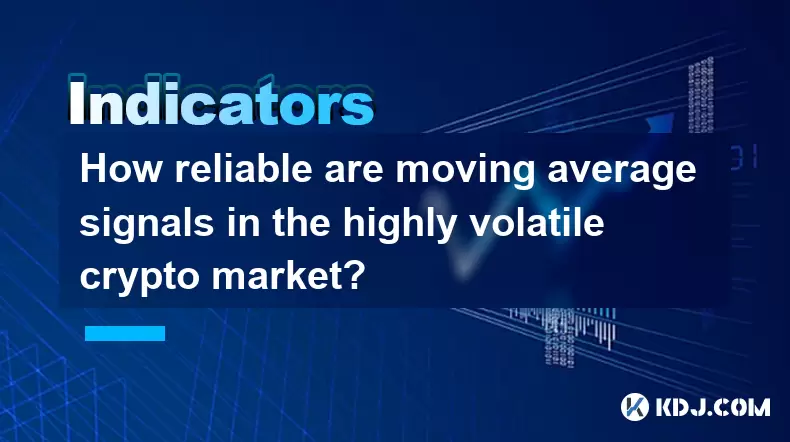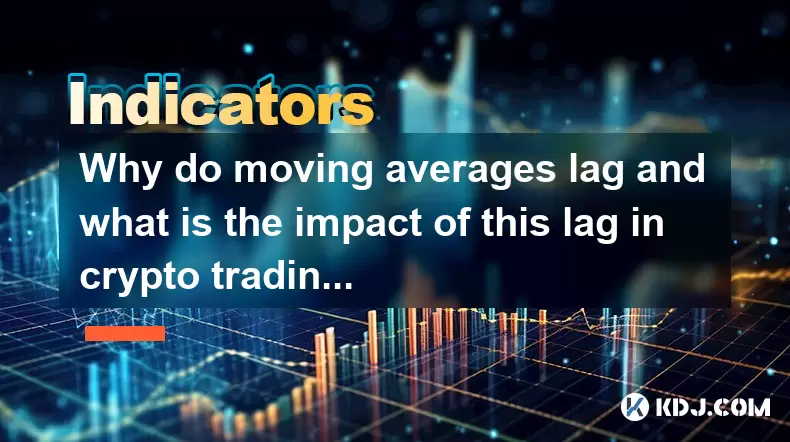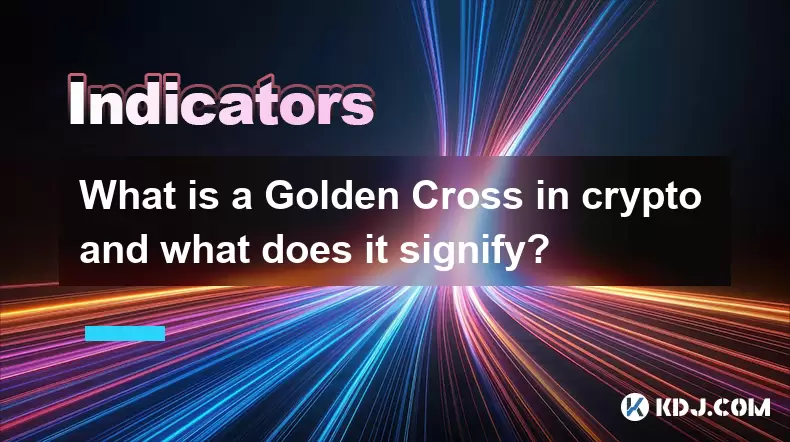-
 Bitcoin
Bitcoin $118400
0.47% -
 Ethereum
Ethereum $3836
2.20% -
 XRP
XRP $3.157
2.98% -
 Tether USDt
Tether USDt $0.9999
-0.03% -
 BNB
BNB $801.5
1.31% -
 Solana
Solana $180.9
2.07% -
 USDC
USDC $0.9999
-0.02% -
 Dogecoin
Dogecoin $0.2225
2.50% -
 TRON
TRON $0.3285
-1.02% -
 Cardano
Cardano $0.7789
2.60% -
 Hyperliquid
Hyperliquid $43.60
2.39% -
 Sui
Sui $3.892
4.41% -
 Stellar
Stellar $0.4229
3.34% -
 Chainlink
Chainlink $18.01
3.98% -
 Hedera
Hedera $0.2745
6.77% -
 Bitcoin Cash
Bitcoin Cash $582.3
3.38% -
 Avalanche
Avalanche $23.77
1.04% -
 Ethena USDe
Ethena USDe $1.001
0.01% -
 Toncoin
Toncoin $3.493
3.59% -
 Litecoin
Litecoin $110.0
2.48% -
 UNUS SED LEO
UNUS SED LEO $8.936
-0.37% -
 Shiba Inu
Shiba Inu $0.00001304
2.49% -
 Uniswap
Uniswap $9.999
1.09% -
 Polkadot
Polkadot $3.897
3.26% -
 Monero
Monero $308.6
-0.83% -
 Dai
Dai $0.9999
-0.01% -
 Bitget Token
Bitget Token $4.504
-0.04% -
 Pepe
Pepe $0.00001154
2.95% -
 Cronos
Cronos $0.1471
3.06% -
 Ethena
Ethena $0.6691
19.53%
What does it mean when SAR indicator shows multiple turning points intensively?
Intensive SAR turning points signal market indecision, often in ranging or volatile conditions, increasing whipsaw risk—use ADX, volume, and support/resistance to filter false signals.
Jul 30, 2025 at 08:21 am

Understanding the SAR Indicator and Its Core Function
The SAR (Parabolic Stop and Reverse) indicator, developed by J. Welles Wilder, is a technical analysis tool used primarily to determine potential reversals in price movement. It appears on charts as a series of dots placed either above or below the price candles. When the dots are below the price, it signals an uptrend, indicating bullish momentum. Conversely, when the dots are above the price, it reflects a downtrend, suggesting bearish control. The core purpose of SAR is to help traders identify entry and exit points by visually marking where the trend may reverse. The calculation involves an acceleration factor and an extreme point, which adjusts as the price extends in a given direction.
What Constitutes a Turning Point in SAR?
A turning point in the SAR indicator occurs when the position of the SAR dots flips from above to below the price (or vice versa). This flip is interpreted as a signal that the current trend may be reversing. Each turning point is calculated based on the most recent extreme high or low and the acceleration factor, which increases with each new extreme point, making the SAR dots converge faster toward the price. When the price touches or crosses the SAR level, a reversal is triggered. In a strong trend, turning points are spaced further apart. However, when they occur intensively, meaning multiple reversals happen in a short price range, it suggests a shift in market behavior.
Interpreting Intensive SAR Turning Points
When the SAR indicator displays multiple turning points in close succession, it typically signifies that the market is entering a period of consolidation or high volatility without a clear directional bias. This behavior often emerges when neither buyers nor sellers can gain sustained control. The frequent flip of SAR dots indicates that the price is fluctuating within a narrow range, triggering repeated reversals in the indicator. This can happen during:
- Sideways market phases, where price moves between support and resistance.
- News-driven volatility, causing abrupt swings in sentiment.
- Low liquidity periods, where small trades disproportionately affect price.
In such cases, the acceleration factor in the SAR formula causes the dots to catch up quickly to the price, increasing the likelihood of false or premature reversal signals.
Practical Implications for Traders
For traders relying on SAR for trend-following strategies, intensive turning points should prompt caution. These signals may lead to whipsaws—frequent, small losses from entering and exiting positions based on false reversals. To mitigate risk:
- Avoid entering new trades when SAR flips repeatedly within a short candle range.
- Combine SAR with other confirming indicators such as ADX (Average Directional Index) to assess trend strength. An ADX below 25 often confirms a weak or ranging market.
- Use support and resistance levels to contextualize SAR signals. If the price is bouncing between known levels, SAR reversals may simply reflect range-bound behavior rather than genuine trend shifts.
- Adjust the SAR’s acceleration factor (commonly set at 0.02 starting value, max 0.2) to make it less sensitive. A lower step value reduces the frequency of turning points.
How to Adjust SAR Settings to Reduce Noise
Reducing the sensitivity of the SAR indicator can help filter out excessive turning points during choppy conditions. Follow these steps to modify SAR parameters on most trading platforms (e.g., TradingView, MetaTrader):
- Open your charting platform and apply the Parabolic SAR indicator.
- Access the indicator settings by clicking on the SAR label or right-clicking the chart.
- Locate the "Step" parameter, which controls the acceleration factor’s increment.
- Decrease the Step value from the default 0.02 to 0.01 or 0.015 to slow down the SAR dot movement.
- Adjust the "Maximum" value from 0.2 to 0.15 to cap the acceleration, preventing it from becoming too aggressive.
- Observe how the modified SAR behaves on historical price action—fewer dots should appear, and turning points should be less frequent.
This adjustment makes the SAR more suitable for volatile or ranging markets by reducing false signals.
Using SAR in Conjunction with Volume and Candlestick Patterns
To better interpret intensive SAR turning points, integrate volume analysis and candlestick formations. High volume during a SAR reversal adds credibility to the signal, while low volume suggests weak conviction. For example:
- A SAR flip below price coinciding with a bullish engulfing candle and rising volume may indicate a legitimate uptrend start.
- Multiple SAR reversals during doji candles and declining volume reflect indecision and support a sideways interpretation.
- Look for spikes in volume that align with a turning point—these may mark genuine breakouts or breakdowns.
- Use volume profile to identify value areas where price is likely to reverse, helping distinguish real SAR signals from noise.
By layering volume and price action on top of SAR, traders gain a more nuanced view of market dynamics during turbulent phases.
Frequently Asked Questions
Can SAR be used effectively in a ranging market?
While SAR is designed for trending markets, its performance in ranging conditions is limited. Intensive turning points are common in sideways markets, leading to repeated false signals. It is advisable to avoid relying solely on SAR in such environments. Instead, use oscillators like Stochastic or RSI to identify overbought or oversold levels within the range.
What timeframes are most affected by frequent SAR reversals?
Shorter timeframes such as 1-minute, 5-minute, or 15-minute charts are more prone to intensive SAR turning points due to increased noise and micro-fluctuations. Higher timeframes like 1-hour or daily charts tend to produce more reliable SAR signals with fewer reversals, as they filter out short-term volatility.
Does changing the SAR’s acceleration factor affect backtesting results?
Yes, modifying the acceleration factor directly impacts historical signal generation. A lower step value reduces the number of turning points in backtests, potentially improving win rate but increasing lag. Traders should optimize SAR settings using walk-forward analysis to balance responsiveness and reliability.
How can I visually distinguish significant SAR reversals from minor ones?
Focus on the candle size and momentum following a SAR flip. A reversal accompanied by a large bullish or bearish candle indicates strong follow-through. Minor reversals often occur within small candles and are quickly negated by the next price move. Overlaying moving averages can also help—when SAR flips occur far from the MA, they may carry more weight.
Disclaimer:info@kdj.com
The information provided is not trading advice. kdj.com does not assume any responsibility for any investments made based on the information provided in this article. Cryptocurrencies are highly volatile and it is highly recommended that you invest with caution after thorough research!
If you believe that the content used on this website infringes your copyright, please contact us immediately (info@kdj.com) and we will delete it promptly.
- Ozak AI: Can This Underdog Crypto Achieve a Bull Run to $1?
- 2025-07-31 22:30:12
- Coinbase Breach: Navigating Insider Risk and Bolstering Security
- 2025-07-31 23:11:55
- Bitcoin Rebounds, WeWake Presale Gains Traction: What's the Buzz?
- 2025-07-31 22:30:12
- Bitcoin, Altcoins, and Volume Watchlists: Decoding the Crypto Landscape
- 2025-07-31 23:11:55
- Tron, Fartcoin, and BlockchainFX: What's Trending (and What's Not) in the Crypto World
- 2025-07-31 21:32:19
- Bitcoin, Corporate Investments, and Sustainability: A New Era or Fleeting Fad?
- 2025-07-31 20:50:14
Related knowledge

How can you use the MACD histogram to determine trend strength?
Jul 31,2025 at 11:10pm
Understanding the MACD Histogram and Its ComponentsThe MACD (Moving Average Convergence Divergence) histogram is a visual representation of the differ...

How to use the MAVOL indicator to gauge the strength of a trend?
Jul 31,2025 at 09:57pm
Understanding the MAVOL Indicator in Cryptocurrency TradingThe MAVOL indicator, short for Moving Average of Volume, is a technical analysis tool widel...

How reliable are moving average signals in the highly volatile crypto market?
Jul 31,2025 at 08:36pm
Understanding Moving Averages in Cryptocurrency TradingMoving averages (MAs) are among the most widely used technical indicators in the cryptocurrency...

How to choose the right moving average for a specific cryptocurrency?
Jul 31,2025 at 10:29pm
Understanding the Role of Moving Averages in Cryptocurrency TradingMoving averages are foundational tools in technical analysis, widely used by crypto...

Why do moving averages lag and what is the impact of this lag in crypto trading?
Jul 31,2025 at 08:07pm
Understanding the Concept of Moving Averages in Crypto TradingMoving averages are among the most widely used technical indicators in cryptocurrency tr...

What is a Golden Cross in crypto and what does it signify?
Jul 31,2025 at 10:36pm
Understanding the Golden Cross in Cryptocurrency MarketsThe Golden Cross is a technical analysis pattern widely observed in cryptocurrency trading. It...

How can you use the MACD histogram to determine trend strength?
Jul 31,2025 at 11:10pm
Understanding the MACD Histogram and Its ComponentsThe MACD (Moving Average Convergence Divergence) histogram is a visual representation of the differ...

How to use the MAVOL indicator to gauge the strength of a trend?
Jul 31,2025 at 09:57pm
Understanding the MAVOL Indicator in Cryptocurrency TradingThe MAVOL indicator, short for Moving Average of Volume, is a technical analysis tool widel...

How reliable are moving average signals in the highly volatile crypto market?
Jul 31,2025 at 08:36pm
Understanding Moving Averages in Cryptocurrency TradingMoving averages (MAs) are among the most widely used technical indicators in the cryptocurrency...

How to choose the right moving average for a specific cryptocurrency?
Jul 31,2025 at 10:29pm
Understanding the Role of Moving Averages in Cryptocurrency TradingMoving averages are foundational tools in technical analysis, widely used by crypto...

Why do moving averages lag and what is the impact of this lag in crypto trading?
Jul 31,2025 at 08:07pm
Understanding the Concept of Moving Averages in Crypto TradingMoving averages are among the most widely used technical indicators in cryptocurrency tr...

What is a Golden Cross in crypto and what does it signify?
Jul 31,2025 at 10:36pm
Understanding the Golden Cross in Cryptocurrency MarketsThe Golden Cross is a technical analysis pattern widely observed in cryptocurrency trading. It...
See all articles

























































































